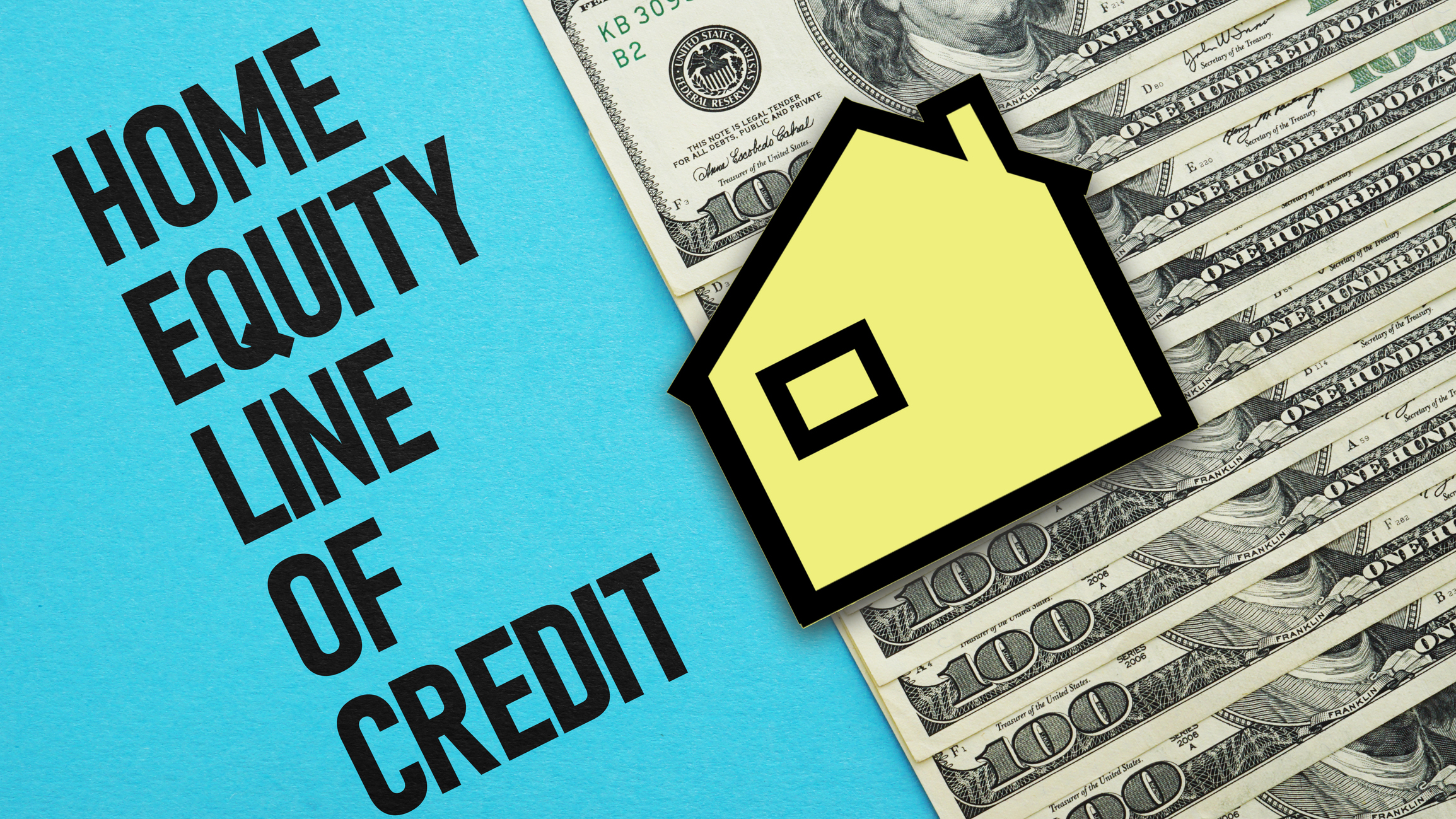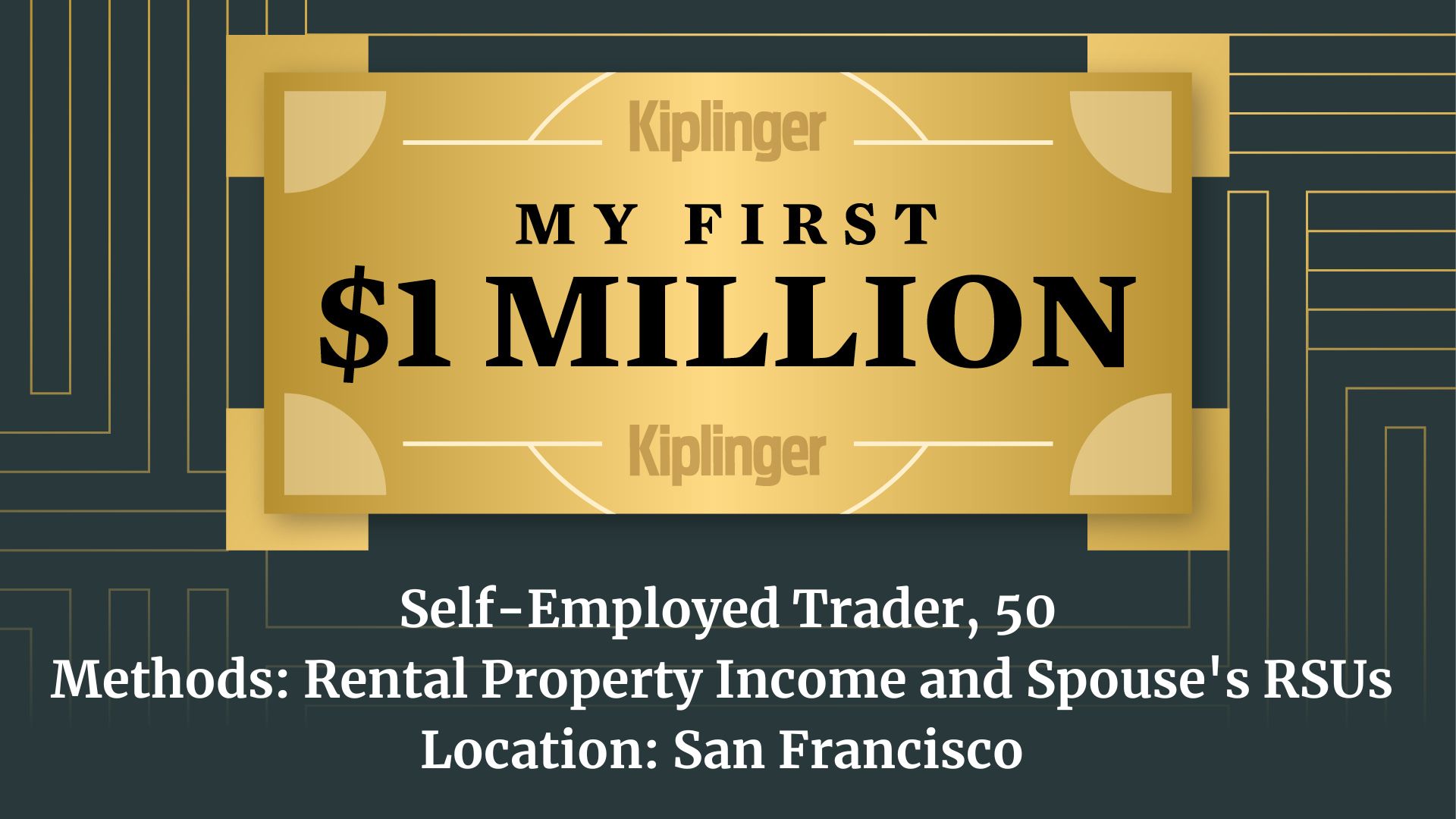With Mortgage Rates Falling, Here's How Much You Could Save
As mortgage rates fall, you could potentially save thousands over the life of your loan.


After hovering in the high 6% and 7% range for much of 2023 and 2024, mortgage rates are finally starting to drop. Steadily declining over the last several weeks, rates are now sitting at the lowest level they’ve been since February 2023. And because refinancing your mortgage rate to be just 1% lower can significantly reduce your monthly payment, this drop in rates has led to a surge in refinance applications. But other homeowners are looking to save even more by waiting for rates to fall further.
As of September 19, 2024, 30-year fixed-rate mortgages averaged 6.09%, down from 6.20% the week prior, according to Freddie Mac. A year ago at this time, rates averaged 7.19%. This big drop in rates was preceded by the Fed’s first interest rate cut in four years. And while the Federal Reserve does not directly control mortgage rates, its actions do influence rates indirectly.
That’s because mortgage rates are influenced not only by the Fed’s actions but by the 10-year Treasury yield, inflation, job growth and a shrinking or growing economy. However, variable-rate mortgages and adjustable-rate mortgages typically see rates decline after a Fed interest rate cut.
From just $107.88 $24.99 for Kiplinger Personal Finance
Become a smarter, better informed investor. Subscribe from just $107.88 $24.99, plus get up to 4 Special Issues

Sign up for Kiplinger’s Free Newsletters
Profit and prosper with the best of expert advice on investing, taxes, retirement, personal finance and more - straight to your e-mail.
Profit and prosper with the best of expert advice - straight to your e-mail.
Here’s a closer look at how much you could save depending on how much your mortgage rate falls.
Here's how much you could save as mortgage rates fall
The following shows how much you’d be able to save by opting for a lower 30-year mortgage rate, based on a home with a sale price of $350,000 with a 20% down payment.
Loan 1:
- Interest rate: 6.09%
- Monthly payment: $2,266
- Total interest: $330,584
- Total amount to be paid: $610,584
Loan 2:
- Interest rate: 5.84%
- Monthly payment: 2,221
- Total interest: $314,276
- Total amount to be paid: $594,276
Loan 3:
- Interest rate: 5.59%
- Monthly payment: $2,176
- Total interest: $298,163
- Total amount to be paid: $578,163
Loan 4:
- Interest rate: 5.09%
- Monthly payment: $2,088
- Total interest: $266,548
- Total amount paid: $546,548
Loan 5:
- Interest rate: 4.59%
- Monthly payment: $2,003
- Total interest: $235,781
- Total amount paid: $515,781
Another thing to consider when looking for the lowest mortgage rate available is your credit score. Boosting your credit score could save you hundreds, or even thousands, of dollars on your home mortgage. For example, according to MyFICO, if you had a loan with a principal amount of 350,000, you could save an extra $1,996 by boosting your score from a range of 620-639 to a range of 760-850.
Bottom line
Many experts believe that the magic number to bring sidelined buyers into the housing market is 6%. And rates are almost there. However, a significant surge in buyers could cause home prices to skyrocket, so that’s one factor to consider when holding out for lower rates.
Related Content
Profit and prosper with the best of Kiplinger's advice on investing, taxes, retirement, personal finance and much more. Delivered daily. Enter your email in the box and click Sign Me Up.

Erin pairs personal experience with research and is passionate about sharing personal finance advice with others. Previously, she was a freelancer focusing on the credit card side of finance, but has branched out since then to cover other aspects of personal finance. Erin is well-versed in traditional media with reporting, interviewing and research, as well as using graphic design and video and audio storytelling to share with her readers.
-
 Dow Adds 646 Points, Hits New Highs: Stock Market Today
Dow Adds 646 Points, Hits New Highs: Stock Market TodayIt was "boom" for the Dow but "bust" for the Nasdaq following a December Fed meeting that was less hawkish than expected.
-
 5 Types of Gifts the IRS Won’t Tax: Even If They’re Big
5 Types of Gifts the IRS Won’t Tax: Even If They’re BigGift Tax Several categories of gifts don’t count toward annual gift tax limits. Here's what you need to know.
-
 The 'Scrooge' Strategy: How to Turn Your Old Junk Into a Tax Deduction
The 'Scrooge' Strategy: How to Turn Your Old Junk Into a Tax DeductionTax Deductions We break down the IRS rules for non-cash charitable contributions. Plus, here's a handy checklist before you donate to charity this year.
-
 The Top 22 Gifts for Grandkids from Walmart in 2025
The Top 22 Gifts for Grandkids from Walmart in 2025From PlayStation to Labubu, you'll find the hottest gifts of 2025 for your grandkids at Walmart this year. Some of them are up to 78% off.
-
 CD vs. Money Market: Where to Put Your Year-End Bonus Now
CD vs. Money Market: Where to Put Your Year-End Bonus NowFalling interest rates have savers wondering where to park cash. Here's how much $10,000 earns in today's best CDs versus leading money market accounts.
-
 Meet the World's Unluckiest — Not to Mention Entitled — Porch Pirate
Meet the World's Unluckiest — Not to Mention Entitled — Porch PirateThis teen swiped a booby-trapped package that showered him with glitter, and then he hurt his wrist while fleeing. This is why no lawyer will represent him.
-
 Smart Business: How Community Engagement Can Help Fuel Growth
Smart Business: How Community Engagement Can Help Fuel GrowthAs a financial professional, you can strengthen your brand while making a difference in your community. See how these pros turned community spirit into growth.
-
 Smart Money Moves Savers Should Make in 2026
Smart Money Moves Savers Should Make in 2026These steps will get you on the road to achieving your 2026 savings goals.
-
 How Much Would a $50,000 HELOC Cost Per Month?
How Much Would a $50,000 HELOC Cost Per Month?Thinking about tapping your home’s equity? Here’s what a $50,000 HELOC might cost you each month based on current rates.
-
 My First $1 Million: Self-Employed Trader, 50, San Francisco
My First $1 Million: Self-Employed Trader, 50, San FranciscoEver wonder how someone who's made a million dollars or more did it? Kiplinger's My First $1 Million series uncovers the answers.
-
 Waiting for Retirement to Give to Charity? Here Are 3 Reasons to Do It Now, From a Financial Planner
Waiting for Retirement to Give to Charity? Here Are 3 Reasons to Do It Now, From a Financial PlannerYou could wait until retirement, but making charitable giving part of your financial plan now could be far more beneficial for you and the causes you support.